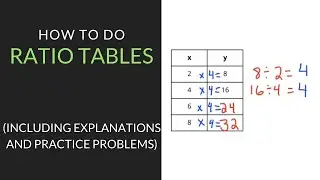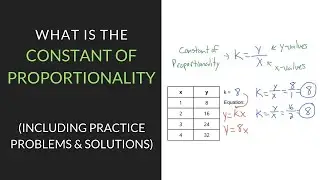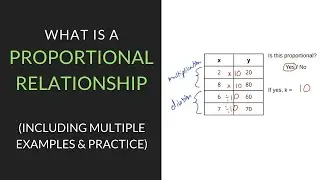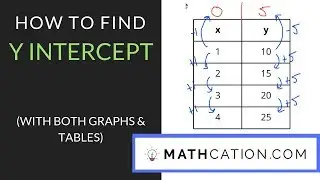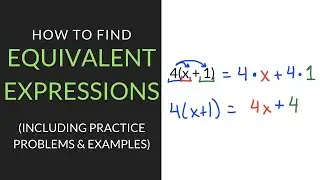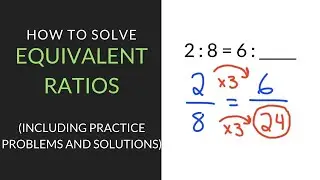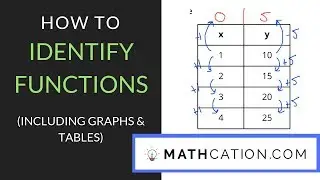Subtracting Negative Numbers | 7th Grade | Mathcation.com
How to Subtract Negative Numbers
Subtracting Negative Numbers is when you subtract integers that have a negative sign with another integer that can be positive or negative. Negative Numbers are less than zero and, therefor, negative. The way to subtract negative numbers depends on if you are subtracting two negative numbers from each other or if you are subtracting one negative number with one positive number.
When Subtracting Negative Numbers you find the absolute value of the numbers being subtracted. The absolute value of a number is the distance of that number from zero. Because the absolute value is distance, it will always be positive since distance cannot be negative. Once you have the absolute value of each number, you will just subtract the smaller number from the larger number. Then you will keep the sign of the larger number.
If the expression has two negatives next to each other, they will turn into a positive. Typically you will hear this referred to as “leave-change-change.” This means that you keep the sign of the first number the same, then change the subtraction sign to an addition sign, and change the sign of the last number.
For the best classroom resources, videos for flipping lessons, guided notes, practice worksheets, and mastery quizzes go to https://www.mathcation.com
Practice this lesson yourself on Mathcation.com right now: https://www.mathcation.com/subtractin...








